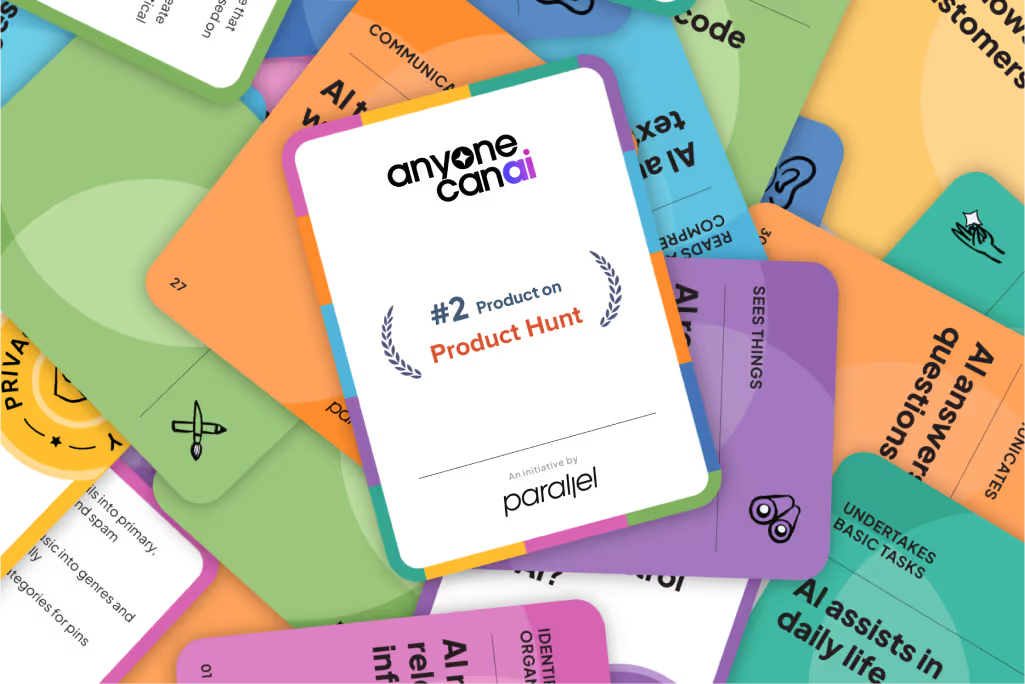Why Digital Transformation Projects Fail
Today's digital enterprises need a rapid prototyping mindset to accelerate their transformation. They'll find it in Design Sprints.

No degree of prior success will guarantee your survival once technological and consumer trends start moving in different directions.
This is an ominous statement, but it's one synonymous with most digital transformation projects. The story of Netflix vs. Blockbuster is our favourite example of this.
When we ushered in the internet era, Netflix's internet-first approach was at the core of the company's business realignment. It helped them displace Blockbuster, the then-dominant DVD rental business. Blockbuster had sensed a shift in technology, but couldn’t sense the shift in their customers.
Over the years, they tried to play catch-up, but they ended up taking big, poorly-planned risks in their digital transformation. They even tried Netflix's market-winning subscription model, but they couldn't figure out pricing and a frictionless user experience. In 2010, Blockbuster filed for bankruptcy.
Why do digital transformation projects fail?
While the Internet is dotted with success stories like Starbucks (with its data-backed, customer-first strategy) and Microsoft (which pivoted from “Windows-first” to “Windows-and"), recent research tells a different story.
In 2018, Harvard Business Review found that companies spent $1.3 trillion towards their digital transformation.
But $900 billion out of that money didn't deliver desired results.
We asked our founder, Robin Dhanwani, to share his thoughts on why leading digital innovation can be so hard on companies, and what that means for businesses trying to figure out their digital transformation in the post-COVID climate.
Quoting his personal journey — which included time with a travel-based business whose digital transformation resulted in their acquisition by a $2 billion conglomerate — Robin highlights three key elements that hold companies' digital transformations back.
The Big Bang approach
Companies end up spending a lot of money without aligning on clear business goals. Rather than taking the lean-experiment approach, they pump billions of dollars into projects and innovation labs.
In most cases, this approach views digital transformation from a pure digitization perspective. Very often, companies simply look at digitizing an existing user journey, rather than re-looking at it using tech.

Disconnect from the ground reality
These dedicated Innovation Labs end up running digital transformation projects as independent exercises. Since these labs work in silos, they are disconnected from business stakeholders and their governance.
This disconnect prevents teams from solving real problems and pain-points faced by the customers. They even struggle to integrate solutions back into the business.
Managing change
This is a big problem where the processes and ways of working have been established for years and are very hard to change.
It could sometimes lead to responsibilities being redefined, teams being redundant, which makes the whole digital transformation process sensitive and difficult to execute.
Digital transformation in the post-COVID world
In today’s post-COVID climate, many businesses are looking to digitally transform themselves to survive. Brick-and-mortar companies are increasingly trying to cement their digital presence, but they are overwhelmed by time, effort and resources it entails.

Robin believes that there are 3 things companies need to prioritise for a quick head-start into their digital metamorphosis:
1. Set a clear goal
The first challenge is aligning the top management’s views on the definition of a clear goal. Whether it’s using technology to improve the customer experience or create an entirely new product, digital value can mean different things to different people.
When a company’s top leaders disagree on the desired outcomes, uncertainty and hesitation may follow throughout the organisation, effectively sabotaging the project before it begins.
2. Selecting champions
Digital transformation is a long-term strategy that cannot be imposed upon a company all at once. The best bet is to find the most talented and ambitious people in the company and make them champions to bring change. Every small success this team achieves will have a cascading and spiral effect on the rest of the team.
3. Prototyping mindset
Perhaps the most important piece of advice from Robin is approaching digital transformation with a prototyping mindset.
Technological and customer trends move with innovation, and often companies find themselves starting their transformation in uncharted territory. By adopting a prototyping mindset, businesses will gain the agility to course-correct if the need arises.
Instead of spending months building a business case, and then scope a strategy to execute it, companies should consider rapid prototyping. This will give them access to early validation of possible solutions and their outcomes, from real customers.
Cultivate a prototyping mindset with Design Sprints
In contrast to the months or years associated with solution-seeking projects, Design Sprint solutions are just days in the making. This is a primary reason why Design Sprints have emerged as a desirable transformation tool.
They deliver actionable outcomes in a very short period of time — tried, tested and perfected.
Google, Home Depot, Lego, Northwestern Mutual and Barclays Bank are a diverse group of enterprises who quietly, yet successfully, transformed themselves — changing behaviours and creating positive outcomes one design sprint at a time.
"We used to think in years, quarters, months. As soon as you start digitizing your company, you start thinking in quarters, months, and weeks."
- Peter Ter Kulve, Chief Digital Officer, Unilever
Digital transformation can take years, but it always starts with a single event or decision. The advantages of running Design Sprints as part of digitizing an enterprise are many:
- Companies will likely benefit almost immediately from identifying and articulating the values or market opportunities they want to capture.
- Rapid prototyping and validation brings valuable data in weeks, rather than months.
- A customer-centric and prototyping mindset will help combine tangible outcomes and progress as a team.
- Companies will see unified governance and aligned vision as key decision-makers are closely involved from the start.
- It becomes easier to plot and plan new futures from “maybe laters” (ideas or action items that require high effort, but are high impact).
Running a remote Design Sprint for the first time isn’t easy, but you’re not alone. At Parallel, we’re hosting workshops for prospective Design Sprint participants. With over four years of facilitating Design Sprints across the world, we've helped several digital enterprises accelerate their transformation.
Get in touch and let's start talking!









.avif)


